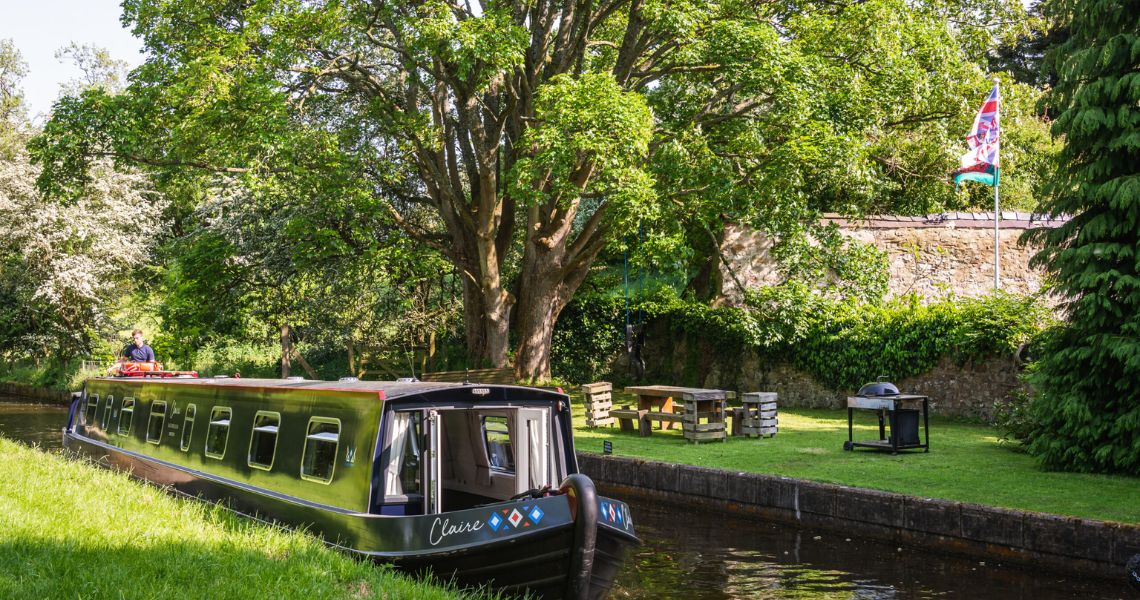London’s historic landmarks attract millions of visitors each year. With world-famous sites like the Tower of London, Westminster Abbey, and St. Paul’s Cathedral, the city’s cultural richness comes with long queues and dense crowds, especially during peak travel periods. The Tower of London, with its thousand-year history and the celebrated Crown Jewels, remains one of the capital’s busiest attractions, drawing steady visitor flows throughout the year.
For travellers who want a calmer and more personalised experience, private guided tours of historic landmarks provide a clear advantage. These tours often include priority access that bypasses queues and offer visitors uninterrupted explanations from experienced guides. Blue Badge guides and Yeoman Warders share detailed stories about royal intrigue, imprisoned nobles, political tensions, and the site’s transformation from fortress to palace and eventually prison. Their knowledge helps visitors explore quieter areas and appreciate details that are easy to miss in large crowds.


Private tours also adjust pacing to match the group’s interests, making it easier to explore specific sections such as the White Tower, the Medieval Palace, or the outer walls without feeling rushed. This creates an experience that feels more immersive than typical group visits, and choosing a Tower of London guided tour helps visitors enjoy these advantages with expert support.
The Hidden Costs of Peak-Time Tower of London Visits
Visiting during peak periods involves more than long lines. From June through August and during UK school holidays, queues often extend well beyond opening time. This reduces the window available for other attractions in a tight travel itinerary. Inside the Tower complex, heavy visitor traffic slows movement between buildings, and many guests find it challenging to see major displays comfortably.
Crowding affects the Crown Jewels most of all. The exhibition draws constant attention, and during busy months, viewing times shorten to keep the line moving. Interior spaces become congested, which makes it harder to appreciate the collection’s intricate craftsmanship.
Even Yeoman Warder tours, popular for their humour and storytelling, fill quickly. Large groups limit opportunities to interact with the guide or hear explanations clearly. Visitor patterns indicate Saturday afternoons, especially between 12pm and 3pm, are the busiest, and these hours often come with the longest waiting times for the Crown Jewels.
Additional costs include the physical strain of standing for long periods in hot or rainy weather and the time lost navigating crowded walkways. For families with children or visitors with limited mobility, these factors can significantly affect the day’s enjoyment.
Early Morning Access Strategies for London Landmarks

Arriving early is one of the most effective strategies for avoiding crowds. The Tower of London opens at 9am Tuesday to Saturday and at 10am on Sundays and Mondays. Early birds may also watch the Opening Ceremony at 8:45am, a short ritual that brings the first guests inside.
Weekday mornings, Tuesdays and Wednesdays, tend to be quieter than weekends. Guests who arrive at opening time can explore the battlements, the White Tower, and the Crown Jewels before the main waves of visitors begin. This approach also provides better photo opportunities, as courtyards remain relatively empty.
The same principle applies to Westminster Abbey, where early visitors experience the nave and chapels more peacefully. At St. Paul’s Cathedral, morning visits offer a calm atmosphere before tour groups arrive. When paired with a guided tour or a pre-booked ticket, early access can dramatically improve the overall experience.
Those visiting multiple landmarks in a single day can plan a two-stage schedule: early access for the busiest site, followed by a slower-paced museum or outdoor walk later in the day. For travellers who want to fine-tune their timing, reading about the best time to visit the Tower of London helps set realistic expectations and avoid the heaviest crowds.
Alternative Entry Points and Lesser-Known Routes
While most visitors enter the Tower via the main West Gate, alternatives exist. The Water Lane entrance on the Thames side is quieter and closer to lesser-visited sections of the complex. This entrance directs visitors toward the Medieval Palace, the Byward Tower, and the north wall, allowing a different flow through the site.
The Salt Tower and Beauchamp Tower, both containing historical prisoner graffiti, are often overlooked. These areas provide a calmer atmosphere and offer valuable insight into the Tower’s role during political unrest. They also give visitors time to appreciate architectural details that might be missed in high-traffic zones.
The north-side Wall Walk offers elevated views across the River Thames, Tower Bridge, and the wider city. It’s an excellent route for travellers who want both historical context and visual highlights, and it pairs well with exploring alternative London sights that offer the same calmer pace away from busy visitor flows. Many tourists miss this path because they follow the main route between the entrance and the Crown Jewels, so using this walkway helps avoid congestion.
Exploring these lesser-known areas allows visitors to enjoy the Tower’s atmosphere without the pressure of crowded indoor spaces.
Seasonal Visitation Planning for Historic London Sites

Choosing the right time of year is another key strategy for avoiding crowds. London experiences its heaviest tourist volume from late May through early September. Outside of these months, crowd levels drop significantly.
October to November and January to March are ideal for visitors seeking quieter experiences. Temperatures remain manageable for outdoor walking, and many attractions introduce off-peak ticket prices. Winter months bring shorter days, but they also offer more space at major landmarks.
Seasonal weather also affects the visit. While the Tower has several indoor areas, much of the complex is outdoors. In autumn, cooler temperatures and lower rainfall create comfortable conditions for exploring the battlements and walkways without summer crowds, and travellers who check London weather by season plan their routes more confidently.
Special events may increase visitor numbers unexpectedly. The Tower’s large-scale installations, commemorative displays, or themed exhibitions can draw higher attendance. Checking event calendars before a visit helps avoid these spikes.
School holiday dates – particularly half-term breaks in February, May, and October – bring families to major attractions. Planning around these periods gives travellers a more relaxed experience.
Planning Tools for a Smoother Experience
Visitors who prepare in advance can reduce frustration on the day of their trip. Booking tickets online prevents delays at entrance booths. Many attractions, including the Tower, offer timed entry slots that help control crowd flow.
Transport planning also matters. Tower Hill Underground station provides direct access to the Tower, but during busy hours it fills quickly. Riverboat services to Tower Pier offer a quieter, scenic alternative and align conveniently with the Water Lane entrance.
Apps and digital maps help travellers track peak hours and identify quieter paths inside the complex, and many visitors refine their itinerary by checking a broader list of places to see in London for inspiration. Using this wider context helps shape a smoother route plan that highlights desired stops and avoids backtracking.
Families, seniors, and travellers with mobility considerations also gain from identifying resting areas. The Tower provides several benches and sheltered spots along the walls and near key exhibits.
Additional Tips
The Tower of London is one of London’s most popular historic landmarks and sees its highest visitor numbers between 11am and 2pm. Early morning or late afternoon visits provide a calmer environment. Arriving at opening time or after 3pm helps reduce waiting and creates a smoother experience.
Travellers should review the latest opening hours, closure notices, and transport disruptions on the day of their visit. Weather-appropriate clothing, comfortable shoes, and bottled water help ensure a pleasant outing. For photography enthusiasts, early light and smaller crowds make morning visits particularly rewarding.
A guided tour remains the most reliable way to combine efficient timing, expert explanations, and smoother navigation. Guides know which areas become crowded and how to move through the site without losing time.
Visiting the Tower of London becomes far more enjoyable when travellers plan around crowds, choose quieter routes, and rely on expert guidance. Understanding seasonal patterns, ideal entry times, and alternative pathways helps transform a potentially rushed visit into a smooth and memorable experience. With the right preparation, visitors gain more freedom to explore, enjoy the history, and make the most of their time in London.
Images courtesy of unsplash.com and pexels.com














